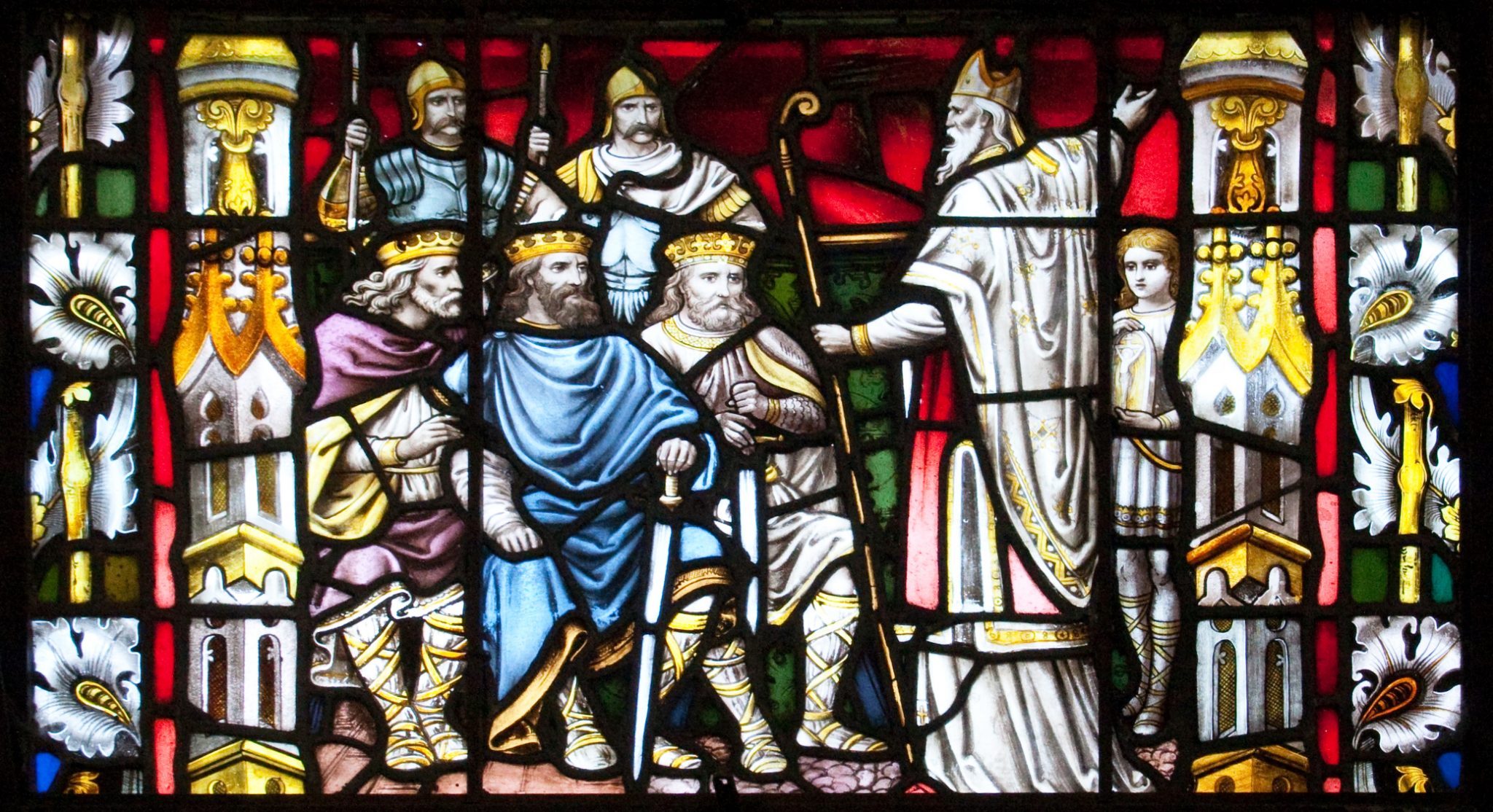Learning the history of St. Patrick’s Day before you start partying


Before you wake up on Saturday and reconsider your recent decisions as you try to keep down the first shot of the day — that you unwisely took before you even ate your green pancakes — we should take a moment to look at the actual reason we’re celebrating St. Patrick’s Day.
St. Patrick’s Day celebrations began in Ireland around the 1600s and were originally established as a feast to celebrate St. Patrick, the Patron Saint of Ireland. The legend of St. Patrick follows that St. Patrick chased all the snakes off of the island of Ireland, but this myth has come to replace the actual story.
St. Patrick is an important figure in Irish Christianity and is credited with converting the Irish Druids to the Christian religion.
The reason drinking and partying became associated with St. Patrick’s Day is actually very simple.
The Christian Church allows a break from Lent on St. Patrick’s Day, meaning that Christians could drink alcohol, eat meat and dance for the day.
However, the holiday remained fairly small until the 1700s. Various incidents, such as the Irish Famine, created an influx of Irish Immigrants to the America’s.
In 1762, the first ever St. Patrick’s Day Parade took place in New York City. Over the next 100 years, Irish people would continue to immigrate to the Americas in high numbers, due to a number of different phenomena. This new influx of Irish immigrants created a large amount of Irish Christian clusters around the America’s, and St. Patrick’s Day allowed the new Americans to appreciate and remember their shared Irish heritage.
Whether it be the shamrock on your shirt, the sea of green that fills the streets, or your one friend who decided to try Guinness for the first time, enjoy your celebration of Irish culture.
The Irish enjoyed celebrating their heritage so much, that the Christian Church actually thought the Irish were “getting out of control” with the celebration of their Patron Saint. But these celebrations helped to boost the morale of Irish Immigrants, and allowed them to embrace their heritage during some of the hardest times in Irish history. The colour green came into the picture around the 1800s, when green became integrated with Irish culture through the Irish Revolution.
The Irish wore the colour green during the revolution to contradict the redcoats of the British.
This nationalization of the colour created the tradition of wearing green that we still observe today.
St. Patrick’s Day was a relatively small holiday in Ireland until the 1970s; it was actually the Irish-American’s who elevated the tradition into what it is today. There was actually laws that pubs were closed in Ireland on St. Patrick’s Day until the mid-1970s.
Around the 80s the Irish government began to support the holiday, as it internationally promoted Irish culture.These days, the holiday is widely celebrated by both Irish and non-Irish, but most embrace symbols of Irish culture.
It’s hard to draw a connection between the original intentions of the celebration and modern incarnations, but it’s important to at least stop and consider the various aspects of the holiday that bring us together in the first place.
So, when you’re trying to hold down the first shot of the day this Saturday, take a second to realize how many symbols of Ireland there are around you.
Whether it be the shamrock on your shirt, the sea of green that fills the streets, or your one friend who decided to try Guinness for the first time, enjoy your celebration of Irish culture.


